Do you also have this confusion: the physical fitness feels OK, but the speed is always not improved; you spend a lot of money to upgrade the whole bike, but you are still easily overtaken by your friends? The problem may not be your legs, but some details you ignore.
This article will share 6 small changes that are often overlooked but have a significant impact on speed, helping you improve overall cycling efficiency without increasing the intensity of training.
1. Change to a more suitable wheel set

The wheel set is one of the components that has the greatest impact on speed in the whole vehicle. Not only weight, but more importantly, aerodynamic performance and rolling resistance.
Deep frame wheel set: improve aerodynamic efficiency during high-speed cruising.
Carbon fiber wheel set: reduce weight while ensuring rigidity, speed up acceleration response.
Low resistance hub and bearing: reduce energy loss and make pedaling more direct.
If you are still using entry-level configurations such as aluminum rims, low frames, and steel spokes, upgrading the wheel set can often have an immediate effect.
2. Optimize tire pressure and tire width
Many cyclists ignore the impact of tire settings on speed. Too high tire pressure will increase the bumpiness and reduce grip; too low will increase rolling resistance.
Recommended tire pressure: adjust according to weight and road conditions (for example, a 70kg rider uses a 25C tire, and the recommended tire pressure is 85-95 psi);
Recommended width: 25C or 28C is recommended for road bikes, and wide tires are equipped with wide rims to improve rolling efficiency and comfort.
The brand, model, and tread design of the tire itself will also have different degrees of impact on speed.
3. Adjust riding posture to reduce wind resistance
Wind resistance is the biggest enemy that affects riding speed. Even if you have enough power, if your posture is not right, you will still be blocked by the "air wall".

Lower the height of the upper body to make the angle between the body and the ground smaller;
Reduce the frontal area, such as by retracting the elbows and keeping the helmet close to the shoulders;
Using more aerodynamic cycling clothes, helmets, and even socks can also bring significant improvements.
Changes in wind resistance affect speed far more than weight, especially on flat roads and high-speed sections.
4. Keep the transmission system clean and smooth

Suppose the transmission system is not cleaned and lubricated for a long time. In that case, pedaling efficiency will be significantly reduced, and problems such as chain drop and tooth skipping may occur.
Clean the chain, flywheel, front and rear derailleur regularly.
Use appropriate chain oil (dry and wet road conditions are different);
Check whether the chainring and flywheel are excessively worn.
A clean and well-lubricated transmission system is not only lighter to pedal, but also more labor-saving and quieter.
5. Reduce unnecessary additional resistance
Some details may not be noticed by you at ordinary times, but they affect the speed:
Extra water bottle cages, external objects, and mobile phone holders increase wind resistance.
Ill-fitting cycling clothes will bulge in the wind, increasing the "resistance sail area".
Old brake pads or unevenly worn brake surfaces will cause the wheels to "drag brakes" slightly.
Streamlining accessories, tidying up the appearance of cycling equipment, and even rewiring can make your bike "cut through the wind" more smoothly.
6. Maintain a stable pedaling frequency and rhythm
Many riders rely too much on power bursts rather than rhythm control during riding, making it difficult to maintain a stable speed.
Maintain a reasonable pedaling frequency of 85-95.
Use the transmission reasonably to avoid physical loss caused by excessive gear ratios.
Avoid speeding up and slowing down to make the body's output more efficient.
With data tools such as stopwatches and cadence meters, developing a stable pedaling rhythm is a long-term way to improve average speed.
Conclusion
You don't have to practice hard to become faster. Often, the speed improvement comes from the accumulation of small details. Optimizing wheels, posture, tire pressure, equipment, and rhythm can often bring about the effect of "low investment, high return".
Want to further improve performance? Start with these small things, and you may feel the real change on your next ride.
Tags: #cycling speed #replace wheels #deep rim wheels #tire pressure #wind resistance #cycling cadence #increase cycling speed #why is cycling slow #tire width #wheel rim height


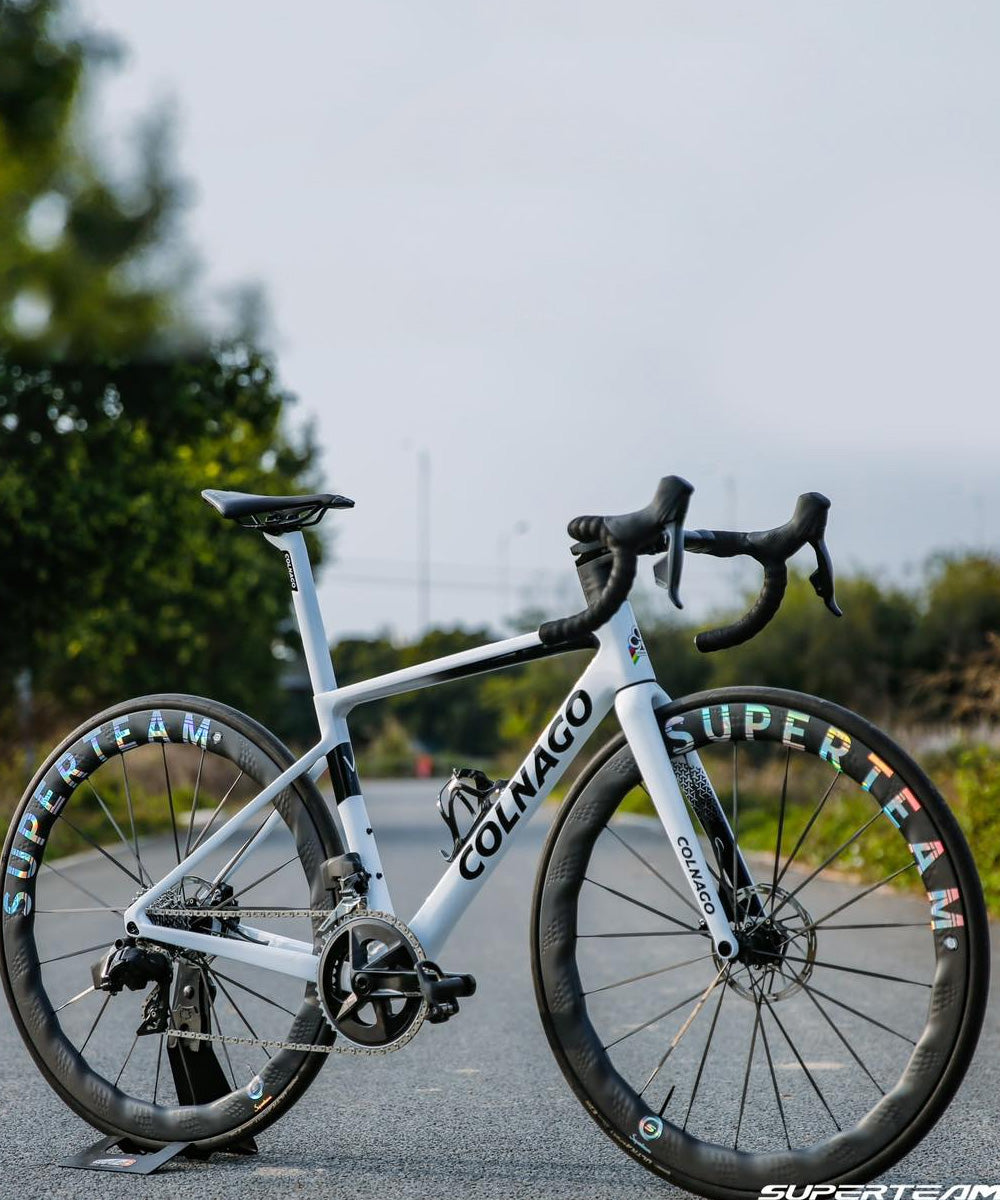
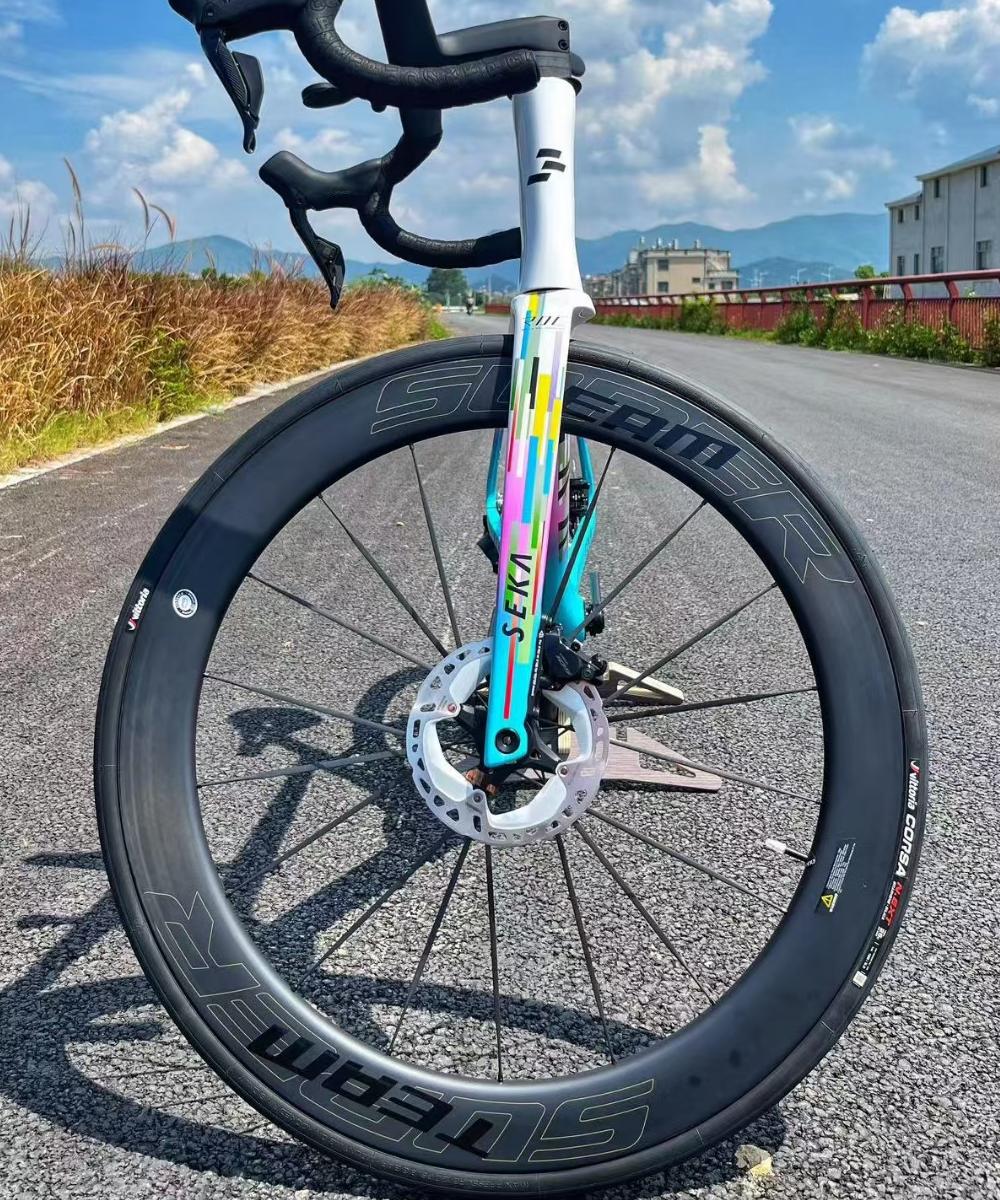
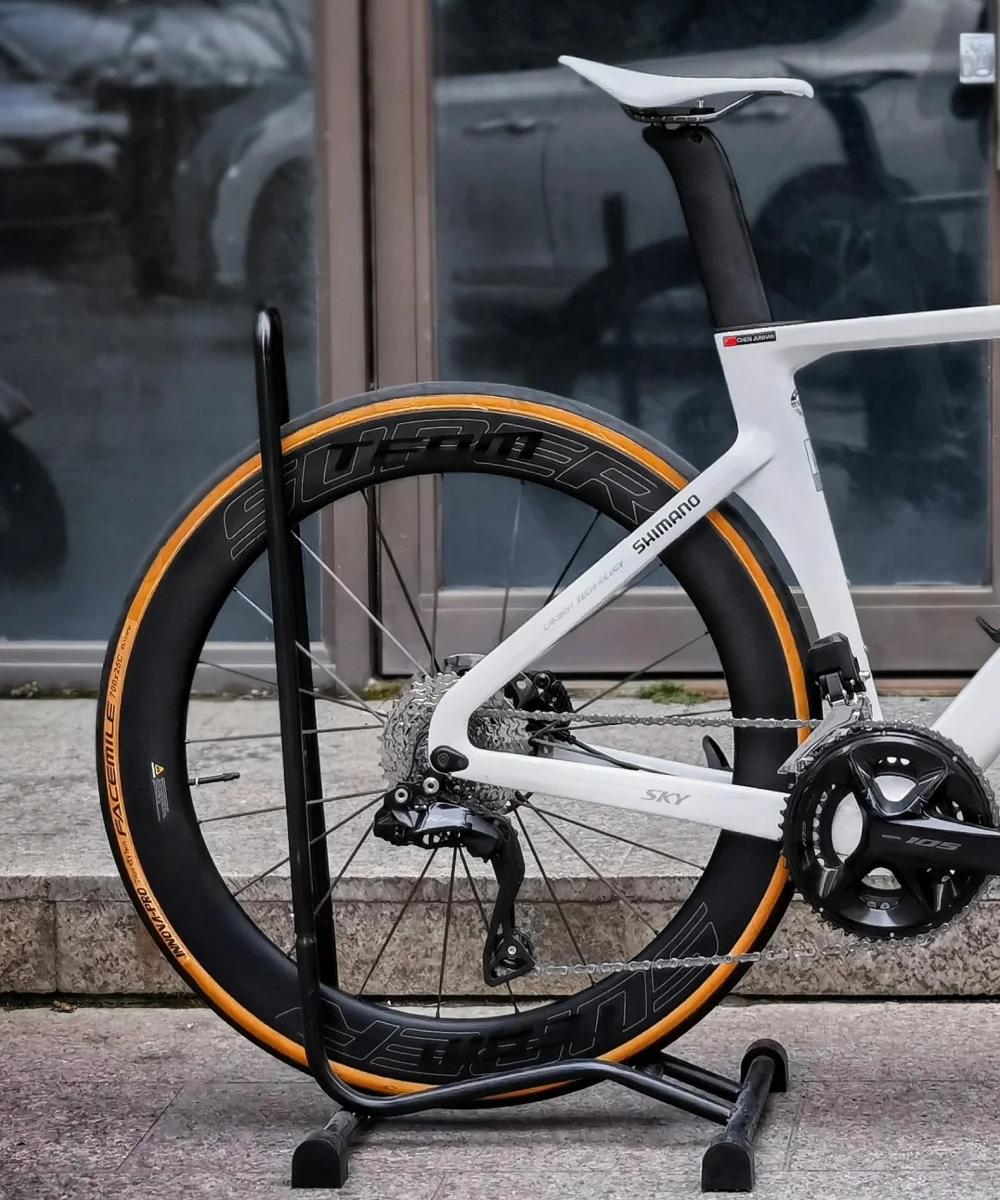
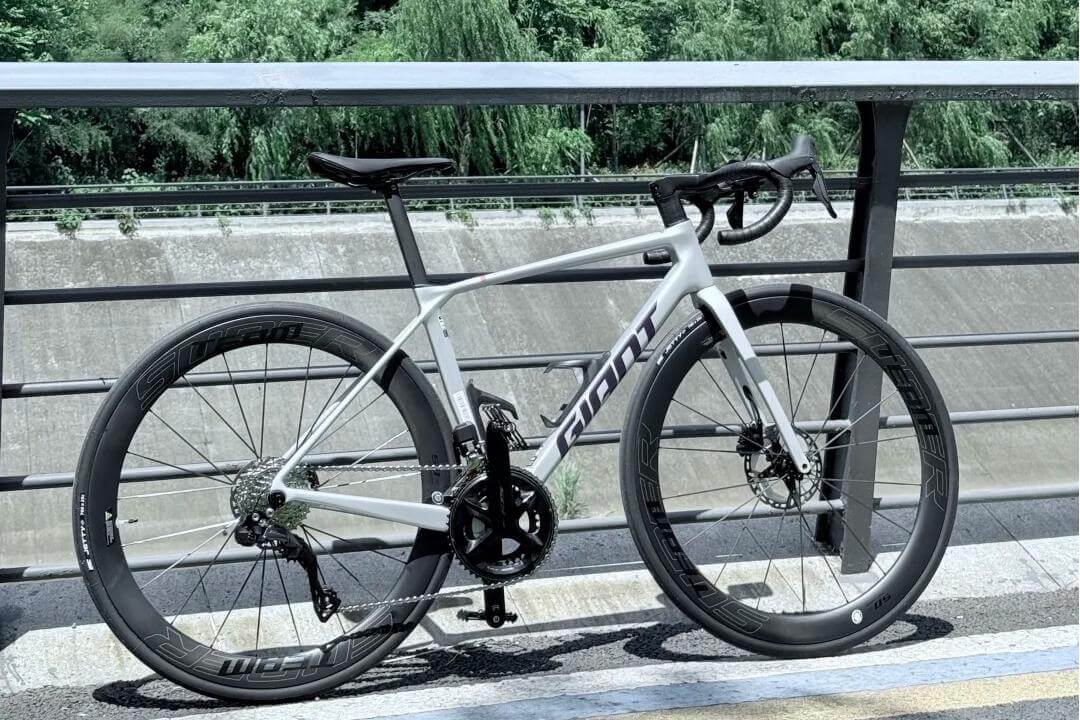
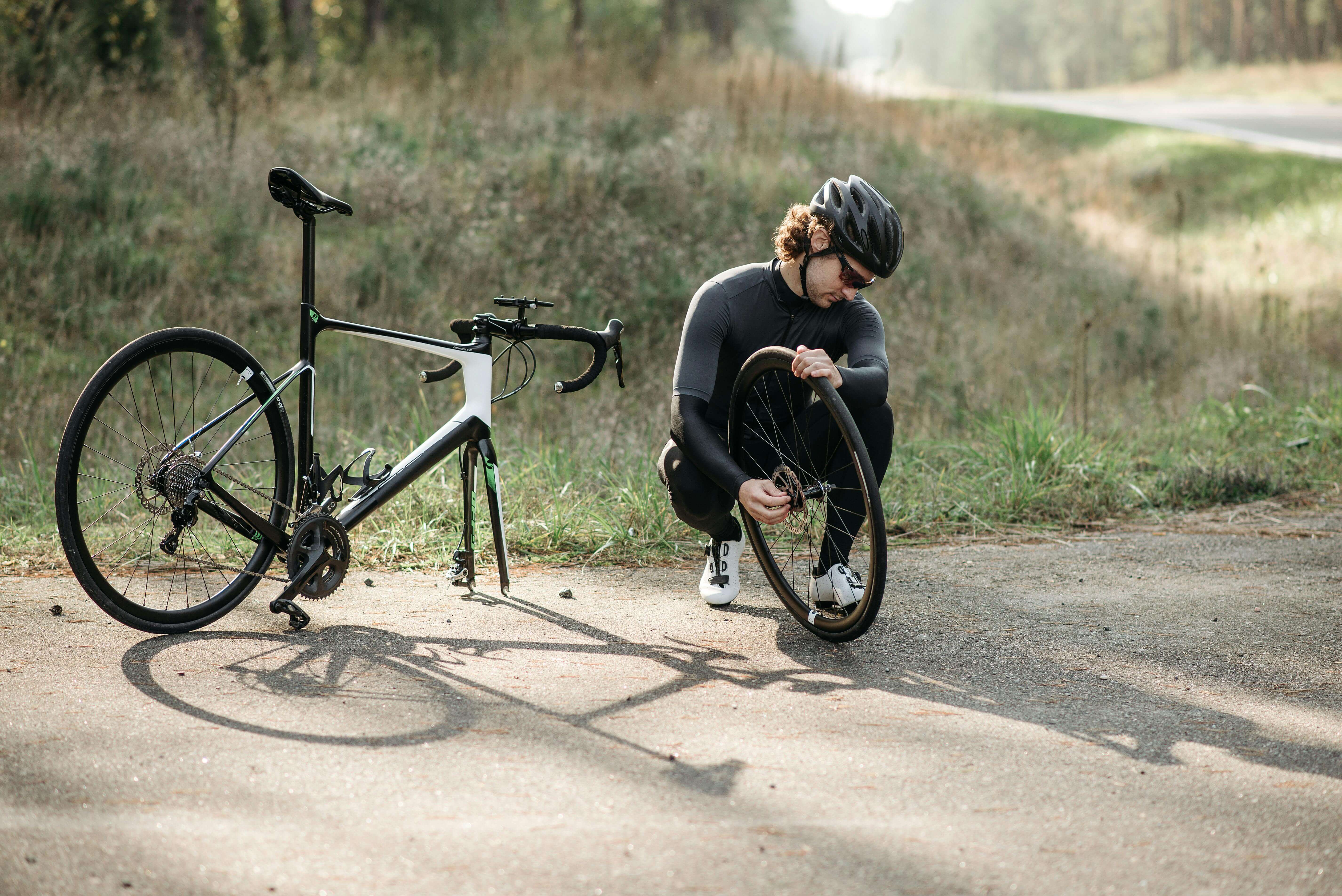

Leave a comment
All comments are moderated before being published.
This site is protected by hCaptcha and the hCaptcha Privacy Policy and Terms of Service apply.